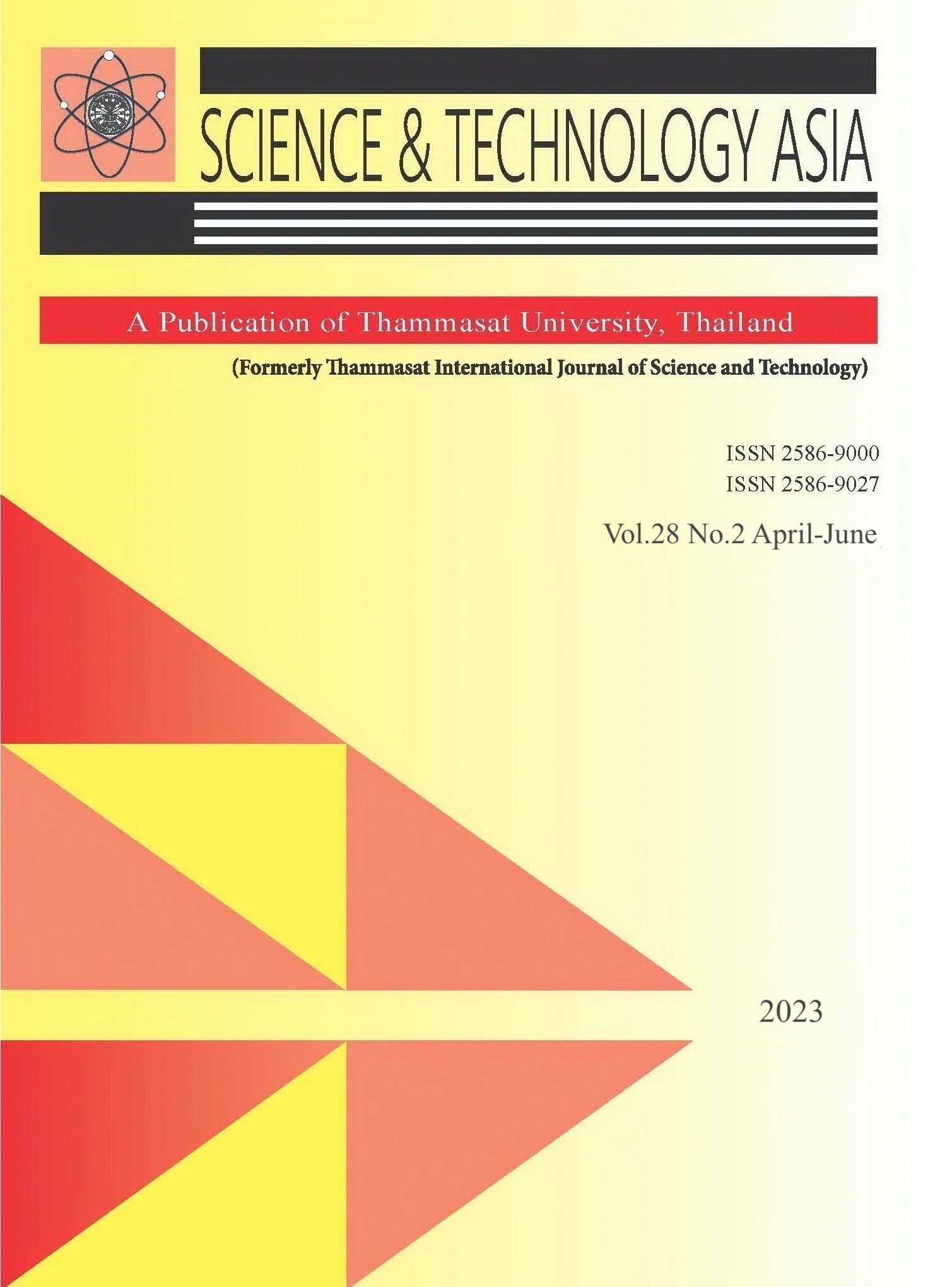Design and Analysis of the Ladder Impact Attenuator Structure According to EN1789:2020 using Explicit Dynamics
Main Article Content
Abstract
This paper presents a design of cost-effectiveness and testing equipment for a ladder impact attenuator. The design goal is to create the attenuator structure as a multi-step in crash testing facility such that acceleration pulse profile is generated in accordance with EN1789, which is an international standard for assessing crashworthiness and crash compatibility for ambulances. The preliminary design of the impact attenuator structure is that some appropriate values of spring stiffness of the impact attenuator were estimated analytically. The impact attenuator structure is placed in a transverse direction as a ladder and has a multi-layered tubular shape to obstruct and absorb impact energy. Explicit dynamics finite element method was used to verify and validate with experimental data, that the crash results are permanent flexural large deformations. The simulation result was validated by experimental data of acceleration pulse profile, it is found that good tendency. The experiments have shown that the structure of the ladder impact attenuator can stop the sled movement within the desired time and displacement.
Article Details

This work is licensed under a Creative Commons Attribution-NonCommercial-NoDerivatives 4.0 International License.


